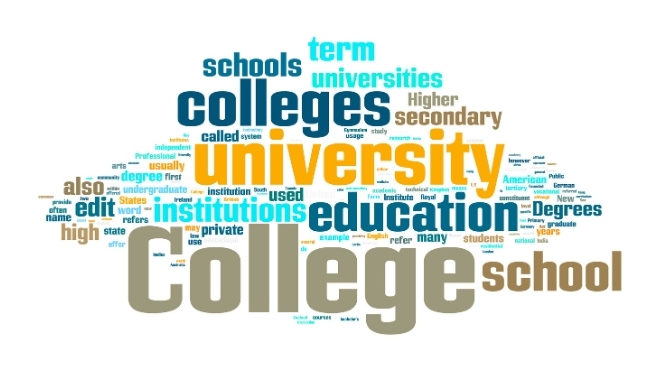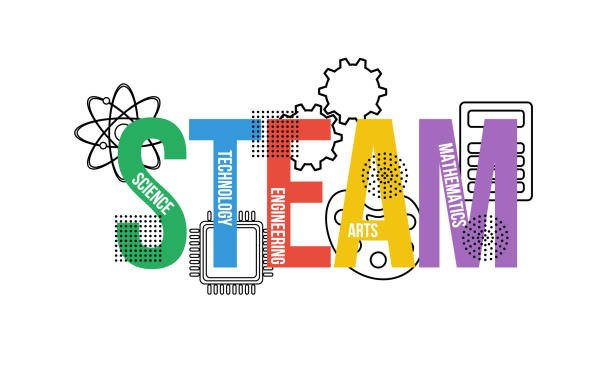
Why STEM Is Important NOW
Posted April 11, 2014, 3:00 pm by
The U.S. Government is making STEM (Science, Technology, Engineering, and Mathematics) education a national priority. The Department of Education have detailed the issues of STEM education, and have concrete goals and actions in place to fix these problems. The lack of STEM education in our country, proven by numbers, figures and data, has led to tangible initiatives to improve these areas of study. And in this country, political initiatives are backed by one very important factor: Money. Although education policy and budgeting isn’t the most interesting news to look out for, it is time to start paying attention.
The USA and STEM
Many high school and college students these days know that STEM careers are often the most successful and highest paid (doctors, engineers, scientists, etc.). In fact, in 2009 the average annual wage for STEM occupations was $77,880, compared to the U.S. average of $43,460 for non-STEM occupations (STEM Education Coalition).
Yet, the US Department of Education notes that only 16 percent of American high school seniors are proficient in math and interested in a STEM career. According to the 2012 Program for International Student Assessment (PISA) Survey, the United States was outperformed by 29 other nations in math and 22 nations in science (NPR). These results are slightly unsettling, and do not represent America’s intellectual potential. Obama is looking to change these figures through STEM education reform between now and 2020. In other words, the government is pouring hundreds of millions of dollars into STEM education.
Although America has always understood the importance of STEM, now, more than ever, is the time to take advantage of the various opportunities in our nation’s schools. The government has invested a great deal of policy and budgeting to STEM education, and you should as well. A focus on STEM in education will be better for this generation of teens, making them more employable and competitive in the global economy (see graph next page), and ultimately, make the U.S. a contender again in global education.
As the President puts it, “Leadership tomorrow depends on how we educate our students today−especially in science, technology, engineering and math” (U.S. Department of Education).
Ultimate Goal: Proficiency
Of course, some children are better at math and science than others. It is also expected that these initiatives will not inspire all middle school students to become chemists or engineers—we will still have a myriad of writers, artists, and historians in our country. While the STEM education programs seek to guide more and more young students into STEM careers, the ultimate goal is to simply make American students more proficient at math and science, so they are closer to the global average.
The math scores of Shanghai students from the PISA Survey showed that they are “The equivalent of over two years of formal schooling ahead of those observed in Massachusetts, itself a strong-performing U.S. state” (NPR). The United States cannot continue to fall so far behind other industrialized countries—an increase in early STEM education should put American students in the race to the top.
The government is doing its part to improve education—they’re investing in teachers, school training, and hands-on learning. Parents can make a difference in how their middle and high school students learn by encouraging them to do their math homework, getting a science tutor if necessary, and trying to devote as much time as possible to facilitate knowledge of STEM. Because parents, more than anyone, want their child to succeed and play a major role in our country’s future. STEM education could be the most important step.
Department of Education STEM Initiatives:
STEM Innovation Networks ($150 Million)
These networks will consist of school districts, colleges, and regional partners to improve STEM education in their communities by training future STEM teachers and supporting STEM education and educators. Large online communities of STEM educators will also be formed, designed to promote the changes in STEM education strategies.
STEM Teacher Pathways ($80 Million)
This program will provide competitive awards to high quality programs that recruit and train STEM educators.
STEM Master Teacher Corps ($35 Million)
This program calls on the country’s best scientists and mathematics teachers to improve STEM education. A membership of STEM educators will be formed in order for them to serve as leaders in the STEM initiative in their schools and communities.
Want a Career in STEM? Check Out the Latest Version of TeenLife's Your Future In STEM
Blog Categories
- Career Advice
- College Admissions
- Colleges & Universities
- Financial Aid and Scholarships
- For Counselors
- For Parents
- For Students
- Gap Years
- Mental Health and Wellness
- Online Learning
- Performing and Visual Arts
- STEM Majors and More
- Summer Programs
- Teen Volunteering
- Trade & Vocational Schools
- Tutoring & Test Prep

Organization with listings on TeenLife? Login here
Register for Free
We’re here to help you find your best-fit teen-centered academic and enrichment opportunities.
Forgot Password
"*" indicates required fields








